Apple Working on AR/VR Headset Technology to Help People With Eye Diseases
Future versions of the AR/VR headset that Apple has in development could help people with eye diseases, according to information shared over the weekend by Bloomberg's Mark Gurman in his latest issue of the PowerOn newsletter. According to Gurman, Apple has a special XDG team exploring next-generation display technology, AI, and options for future AR/VR headsets that will assist people with visual issues.
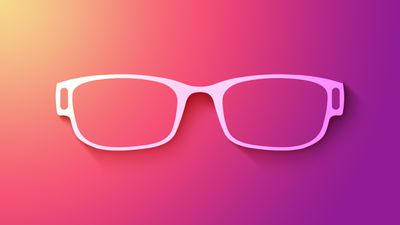
While there is no detail available on just what Apple has in development for a future AR/VR headset, accessibility has always been an area of import for the company. Apple aims to make its devices usable by everyone, and the iPhone, iPad, and Mac have a range of accessibility settings that provide extra assistance with various visual, hearing, and motor issues.
Rumors suggest that the first version of the AR/VR headset will have more than a dozen cameras, several of which will be used for mapping the area around the user. This functionality could allow the headset to project extra visual information to those who are legally blind or have other visual problems, and it could potentially provide audio directions to those with no sight.
There could be targeted functions for people with diseases like AMD (Age-Related Macular Degeneration), which causes blind spots in the vision. Oculenz AR Wear glasses, for example, have been described as being able to use floating lenses to modify real-time streaming video to move objects into an area that people suffering from AMD can see.
Apple's first AR/VR headset is set to come out this year, and while we haven't heard news of specific accessibility settings, it stands to reason that even the first model will have some accommodations based on Apple's deep interest in accessibility on its other devices.
For more on what to expect from the AR/VR headset that Apple has coming this year, we have a dedicated AR/VR roundup that aggregates all of the rumors that we've heard so far.
Popular Stories
iOS 17.2 has been in beta testing for over a month, and it should be released to all users in a few more weeks. The software update includes many new features and changes for iPhones, including the dozen that we have highlighted below. iOS 17.2 is expected to be released to the public in mid-December. To learn about even more features coming in the update, check out our full list. Journal ...
Unidentified governments are surveilling smartphone users by tracking push notifications that move through Google's and Apple's servers, a US senator warned on Wednesday (via Reuters). In a letter to the Department of Justice, Senator Ron Wyden said foreign officials were demanding the data from the tech giants to track smartphones. The traffic flowing from apps that send push notifications...
Apple today released new firmware update for both the Lightning and USB-C versions of the AirPods Pro 2. The new firmware is version 6B34, up from the 6B32 firmware introduced in November. Apple does not provide details on what features might be included in the refreshed firmware beyond "bug fixes and other improvements," so it is unclear what's new in the update, but prior software releases ...
Apple's Korean suppliers have begun developing smartphone under-display cameras (UDC), paving the way for the first iPhone with a true "all-screen" appearance. According to The Elec, LG Innotek has entered the preliminary development of the UDC, which sits under the display and does not result in a visible hole in the panel when the camera is not in use. A UDC differs from a typical front ...
The iOS 17.2 update that Apple is set to release to the public in the near future will bring support for the next-generation Qi2 wireless charging standard to the iPhone 13 and iPhone 14 models. Qi2 was mentioned in the release notes for the RC version of the update that came out today. With the addition of support for the new standard, iPhone 13 and iPhone 14 models will work with Qi2...
Recently, MacRumors has received details on the battery currently being tested on the upcoming fourth-generation iPhone SE, and the information corroborates previous findings in relation to the device. The iPhone SE 4, known by its device identifier D59, is expected to use the exact same battery found in the base model iPhone 14. Partially assembled prototypes of the next iPhone SE have been ...
Today we're tracking a collection of deals that are matching - or nearly matching - the same all-time low discounts we saw during Black Friday. This includes the AirPods Pro 2 with USB-C, 9th generation iPad, and M1 MacBook Air. Note: MacRumors is an affiliate partner with some of these vendors. When you click a link and make a purchase, we may receive a small payment, which helps us keep the ...
Meta has revealed plans to end Instagram users' ability to chat with Facebook accounts later this month, rolling back a feature that it introduced over three years ago. In September 2020, Meta (then Facebook) announced it was merging its Facebook Messenger service with Instagram direct messaging, allowing Instagram users to chat with Facebook users and vice versa using the same platform....



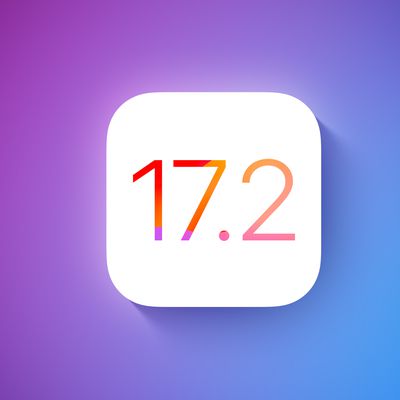
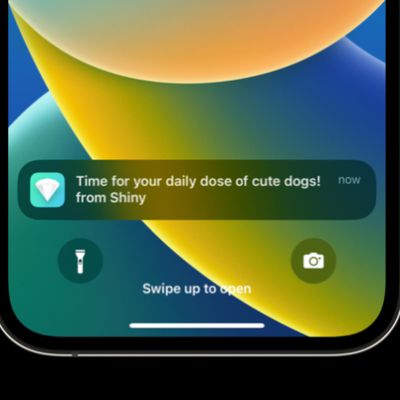

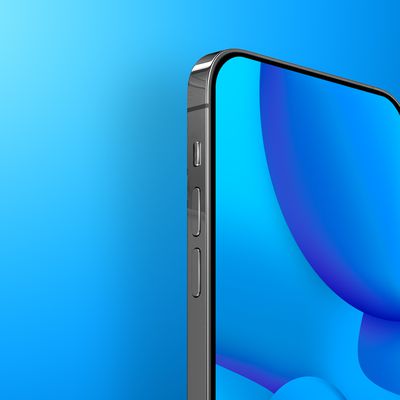
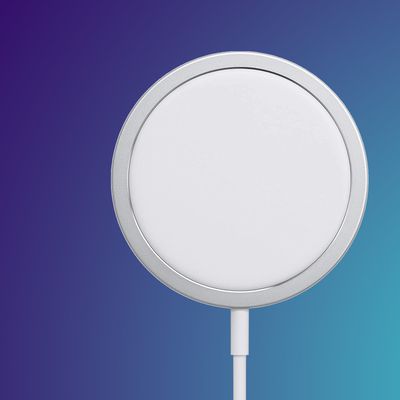
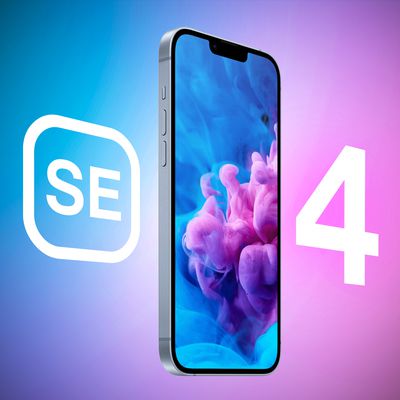

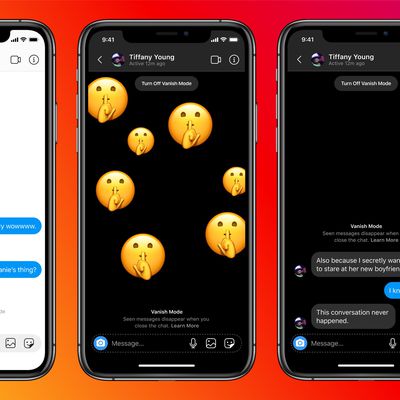

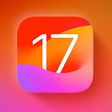
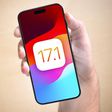
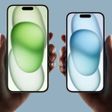
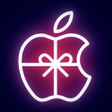





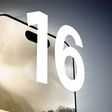
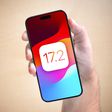

Top Rated Comments
Apple created and maintains some of the best accessibility features for visually impaired people.
Features like voiceover, voice control, AssistiveTouch and others literally change how the operating system actually works, so they absolutely were not free to develop.
Voice Over is particularly complex, completely changing the entire layout of the operating systems, and how everything works.
And yet, it’s been a feature in macOS since 2005, iOS since 2009, and the Apple TV, Apple Watch, and HomePod since they first launched.
So… I don’t think Apple would agree with your assessment that features for low vision and blind users are “not a prime mover.”
In fact, given that the feature set grows and grows every year for accessibility, I’d say that you’re way off the mark with that statement.
https://www.macrumors.com/2023/02/15/apple-ar-vr-headset-launch-june/